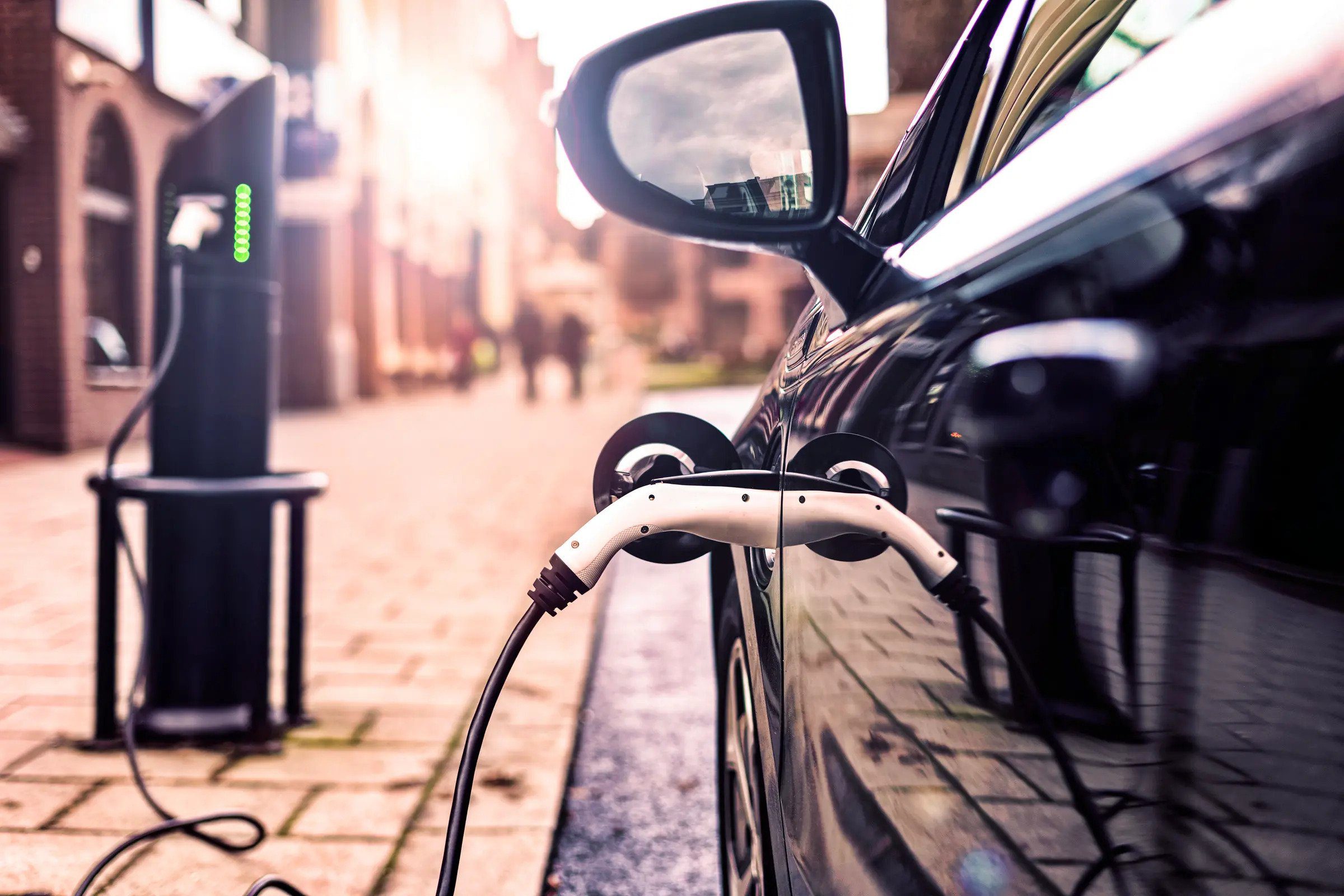This is the sixth article in the Driving Towards Sustainability series about the critical role plastic will play as U.S. automotive manufacturing and transportation sectors move further towards sustainability and a more circular economy. Check out the fifth article in our series on the ACCESS framework for automotive innovation: E is for Electrification.
The future of our cars will involve lots of sharing.
On-demand ridesharing services such as Uber and Lyft are growing rapidly. More than a third of Americans use ridesharing at least once a month – compare that to the third who had never even heard of ride sharing in 2015. Plus, shared or fractional ownership of cars is expected to become commonplace, similar to airplanes and high-end sports cars.

These shared vehicles potentially could be in use 24/7, so they need to be easy to keep clean, durable, flexible… and sustainable. And American carmakers will rely on plastics to create these cars.
- Protecting Surfaces. At its peak in 2019, Uber drivers completed nearly seven billion trips worldwide, carrying 11 million riders. That’s a lot of hands touching a lot of high-contact surfaces! With so many people coming in and out of shared vehicles, keeping them clean and tidy is critical.Plastics engineers have developed materials with new anti-microbial and self-cleaning hygienic properties, activated by passengers getting in and out of vehicles. Liquids “ball up” and can be removed with a tissue without penetrating the weave, standing up to spilled coffee and wet dogs. The materials inhibit the growth of the most common sources of foul odors, mold, and bacteria — and they also suppress electric-static charges when getting in and out of the car.

- Powering Flexibility. Today’s ridesharing cars typically are repurposed passenger vehicles. Future shared vehicles will evolve to meet the needs of different types of passengers, including the elderly, families with young children, and people with disabilities.Plastic interior components give automakers more design flexibility to reconfigure and increase seating and interior space. Lightweight plastic interior options can be multi-configurable. Dual forward-facing seat backs might reverse or fold for storage. Today your vehicle serves as a commuter SUV. Tomorrow its role might be a commuter/travel entertainment center. Do you need a foldaway desk? Want to see a movie or play a video game on your moonroof? Plastics can enable these and more.
- Increasing Durability. Shared mobility means increased use and wear and tear on a car…which could reduce vehicle lifespans. So automakers will need to employ longer-lasting materials that are more durable, recyclable, repairable and replaceable. Tough, advanced plastics and composite materials can help increase durability of multiple car parts, from body panels to engine components to interior surfaces (think scratch-resistant materials that minimize everyday wear-and-tear).
- Driving Down Weight and Greenhouse Gas Emissions. Those stain-resistant surfaces, flexible seating arrangements and durable car parts? They all need to be as lightweight as possible to lower that 24/7 vehicle’s environmental footprint.Lightweight plastic car parts help significantly reduce the weight of cars and trucks. This helps low-carbon electric and hybrid-electric vehicles go further between charges and reduces greenhouse gas emissions from liquid fuel powered cars.(Check out this weird chart that lays out the safety and sustainability advantages of lightweight plastics used in our cars and trucks.)

Ridesharing already accounts for up to 14% of total vehicle miles – and it’s expanding. The future of shared mobility will be driven by consumer demand, automakers ingenuity, environmental goals… and advanced plastics that enable a cleaner, more flexible and sustainable ride.
Continue to visit America’s Plastic Makers: Making Sustainable ChangeSM to learn more about the steps America’s plastic makers are taking to help end plastic waste, build a circular economy for plastics and create a more sustainable future.

